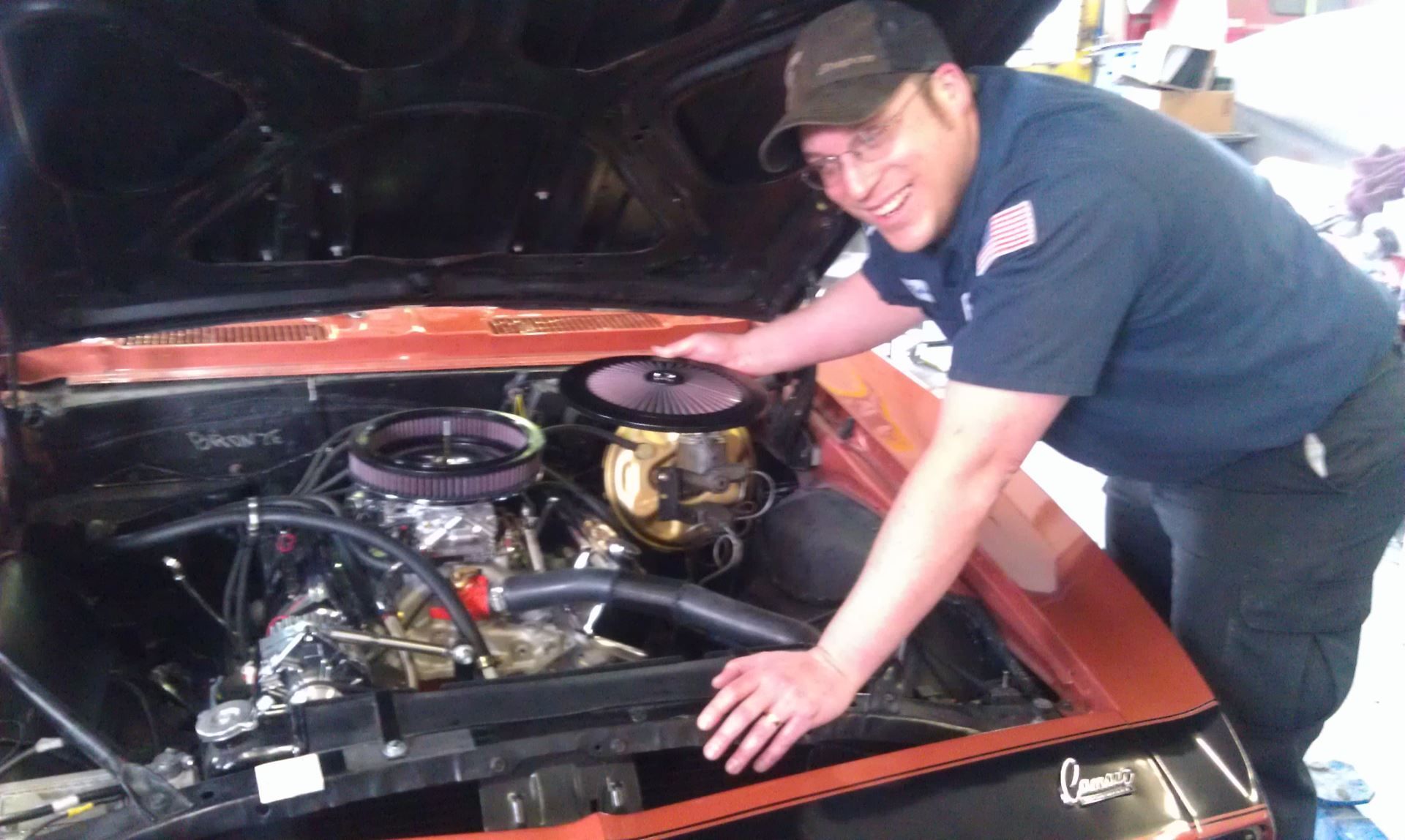
It never feels good when the check engine light comes on in your vehicle. If it's flashing or color-coded red, then that means it's an urgent problem. Pull off the road immediately and call for roadside assistance if this happens. Otherwise, the check engine light can illuminate for any number of reasons. It could be a big problem or a minor issue. Sometimes, it can even be tripped by mistake and just needs to be reset.
Let's look at some of the most common reasons why your check engine light might be on according to the Colorado Springs auto repair professionals at LightHouse Automotive.
1. Oxygen Sensor
The oxygen (02) sensor is one of the most common culprits. The sensor could be tripped when the exhaust system isn't working correctly or sometimes the sensor itself can fail and will need to be replaced as soon as possible to ensure your vehicle runs efficiently.
2. Catalytic Converter
Speaking of the exhaust system , the catalytic converter is a key component that burns off dangerous exhaust gasses. If it is malfunctioning, the check engine light should come on.
3. Spark Plugs
If one or more of your spark plugs is dead or not working right, it will likely trip the check engine light.
4. Loose/Damaged Gas Cap
Sometimes, the check engine light will come on for something as simple as a loose gas cap, which is obviously easy to fix yourself. Sometimes the gas cap itself may be faulty and not getting a correct seal on the gas tank. In that case you will want to replace the gas cap.
5. Wiring Issue
There could be loose or damaged wiring somewhere in the vehicle that is causing electrical malfunctions and will often trip the check engine light.
6. Dying Battery
If your battery is losing power or altogether dead, the check engine light could come on. There are also more specific battery warning lights that may also illuminate to let you know it's a battery issue.
7. Mass Airflow Sensor
The mass airflow (MAF) sensor monitors the amount of air entering the engine and it serves a very important purpose to keep the engine running efficiently. If it fails, it will likely trip the check engine light.
8. Exhaust Gas Recirculation Valve
The exhaust gas recirculation (EGR) system cycles certain exhaust gasses back into the engine combustion chambers, which allows the fuel to burn quicker and the engine to run more efficiently. If this system is not working correctly, your car should let you know.
If you notice any of these problems or your check engine light comes on for any reason, you'll want to bring it to a professional mechanic like LightHouse Automotive for proper diagnostic testing and a thorough inspection. We can get to the source of the problem and recommend the necessary automotive repairs. It's better to deal with a check engine light issue as soon as you can, before it potentially develops into something much more significant and costly to repair.
Call LightHouse Automotive today at (719) 465-0302 or schedule your service appointment online.


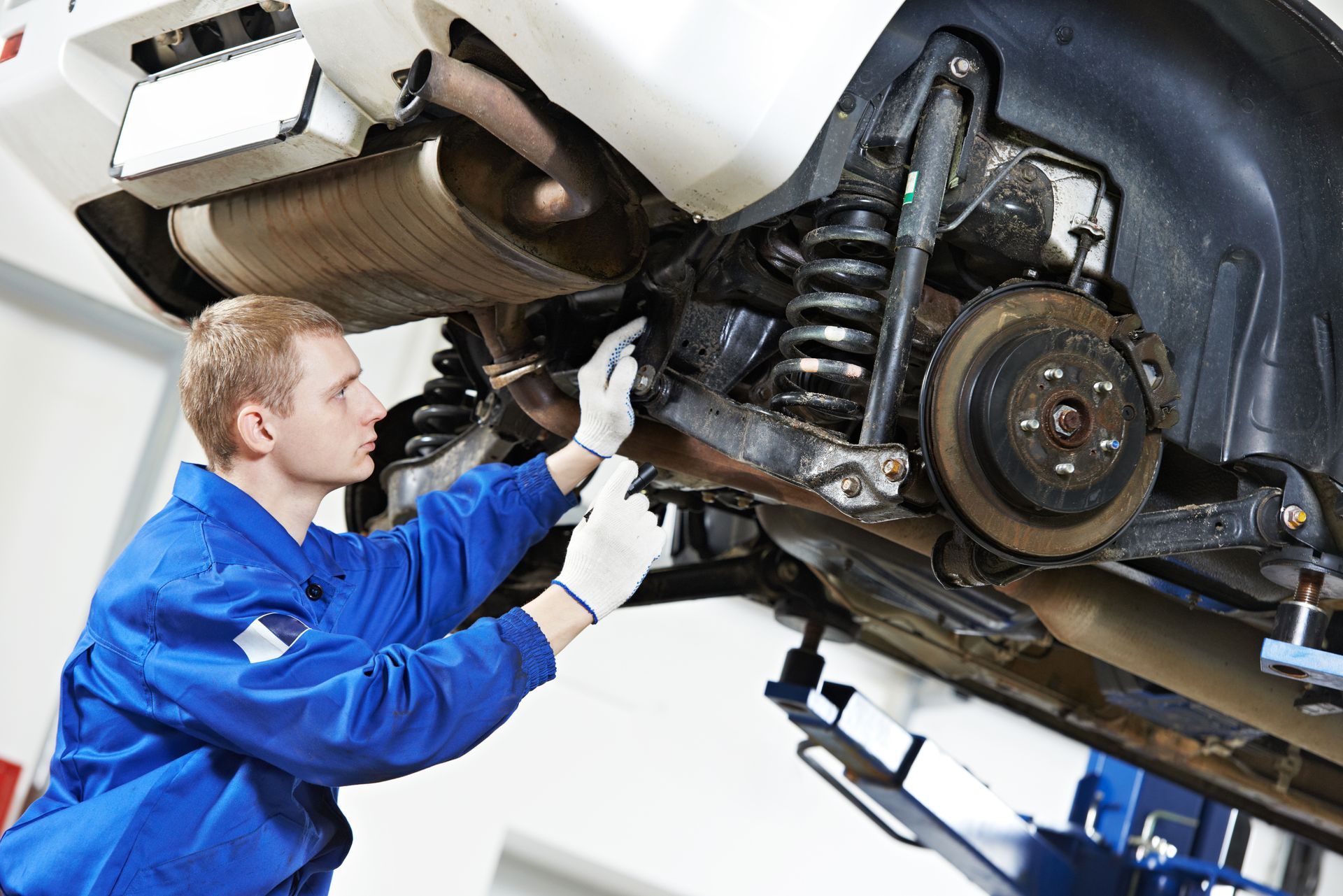
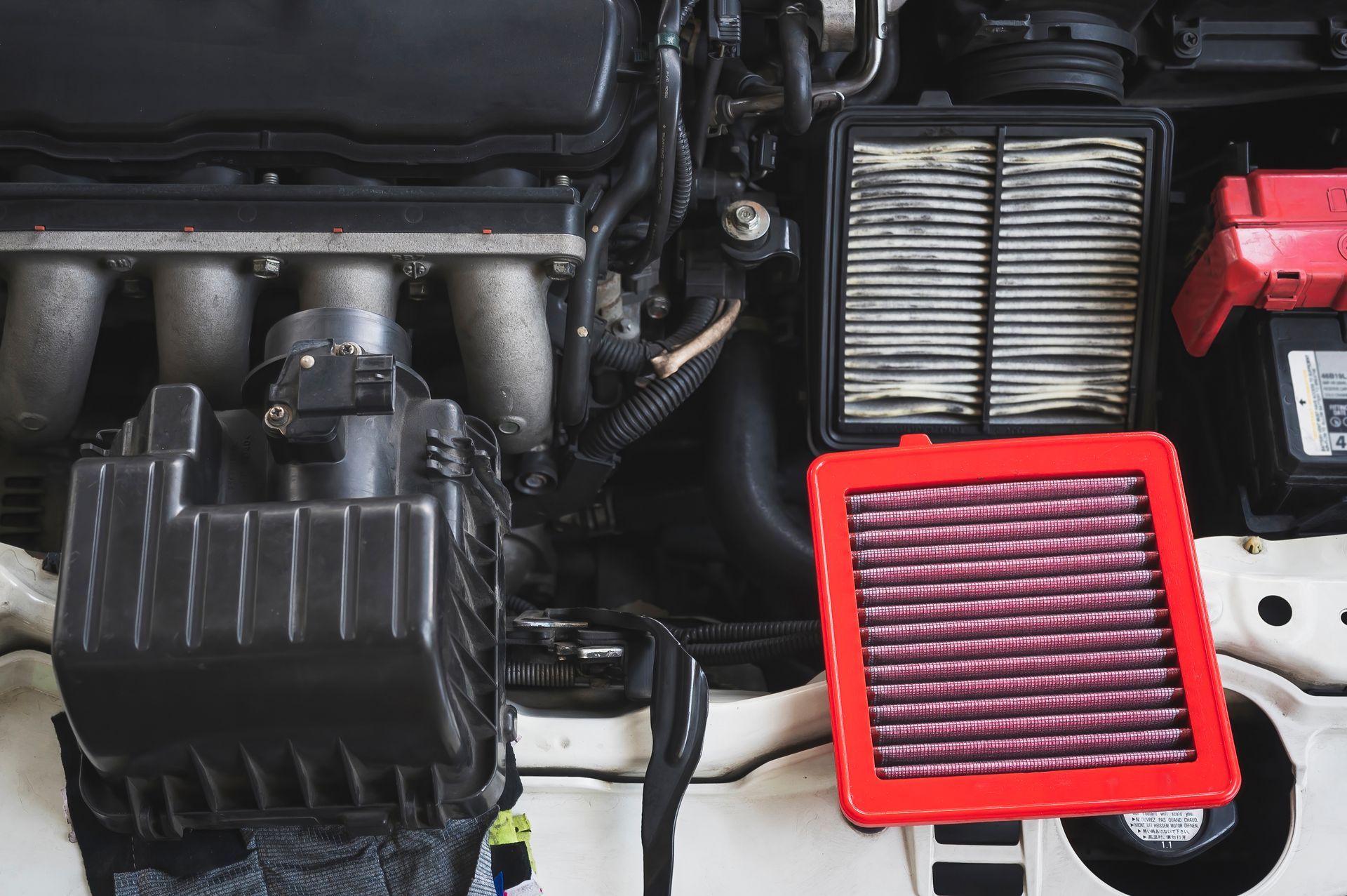
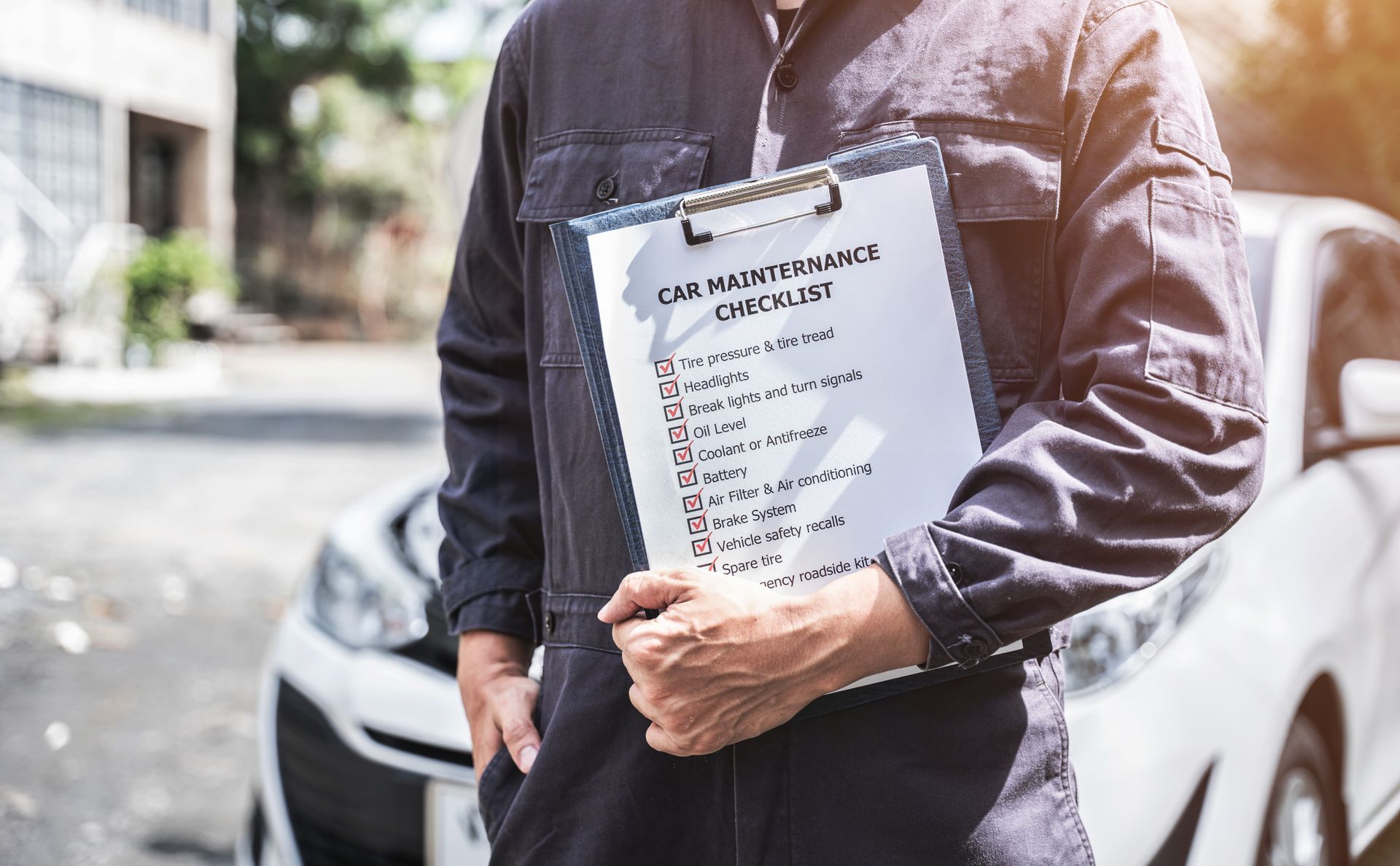
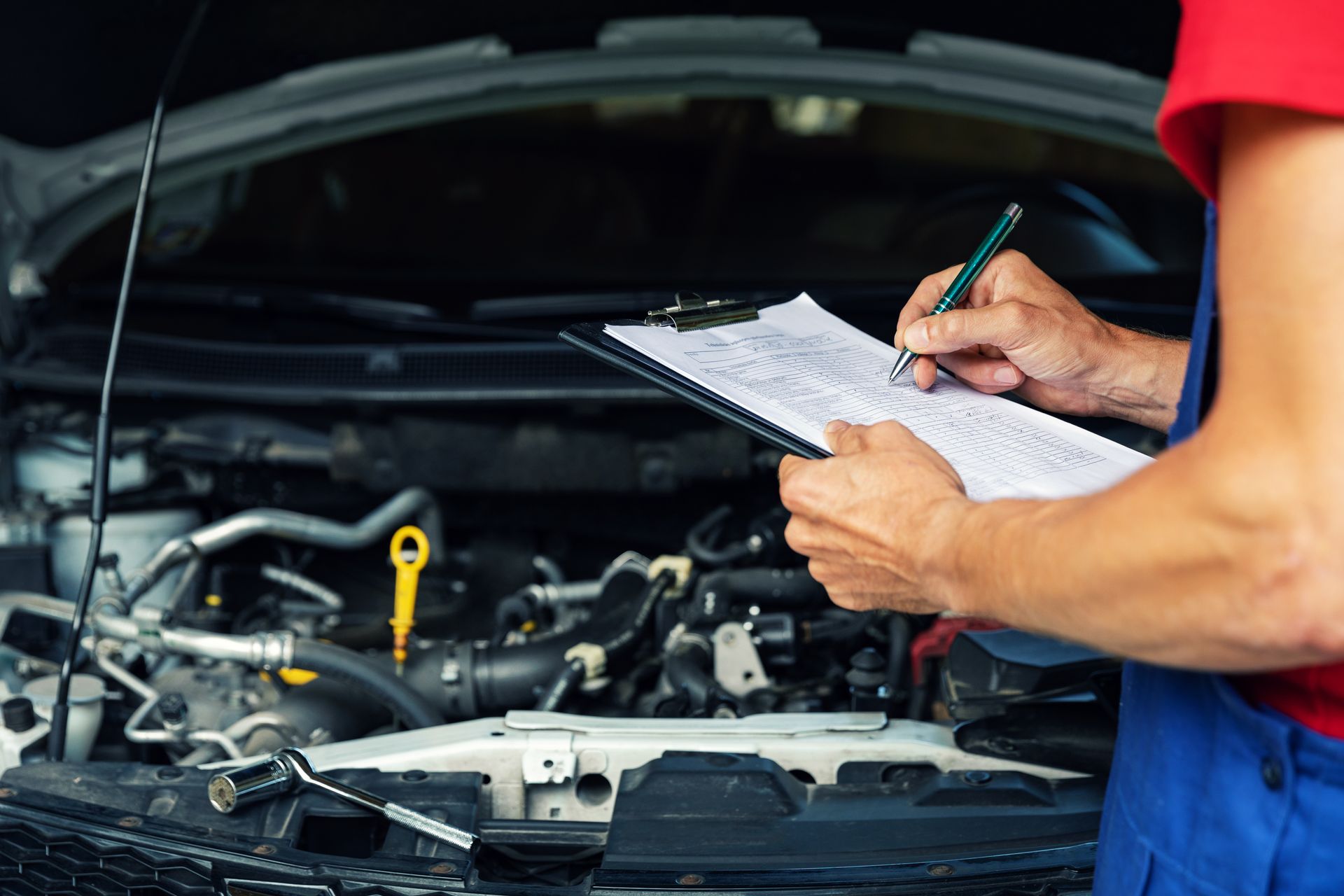


.jpeg)

